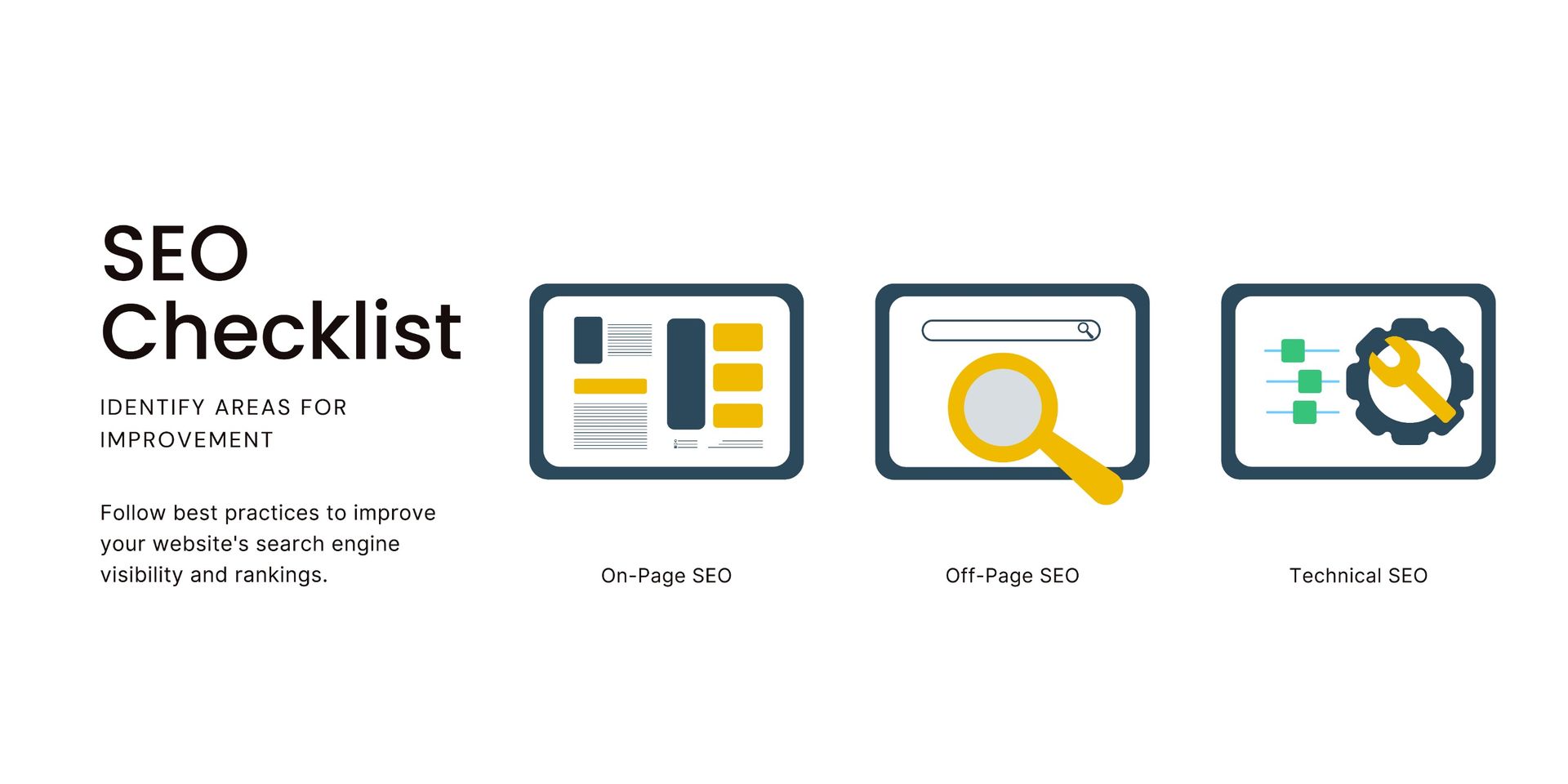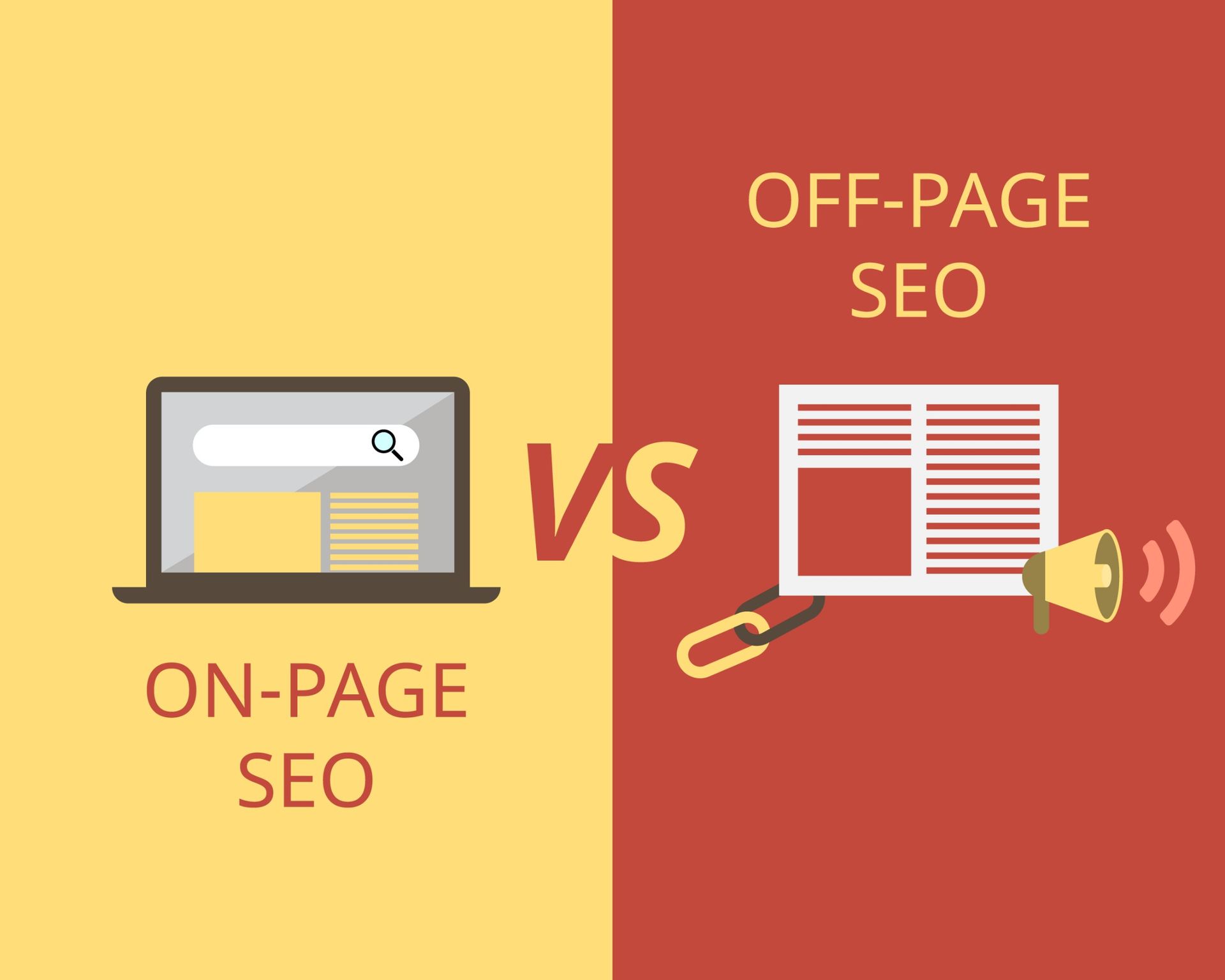What Is a Lead Magnet: 6 Examples You Can Use Now
What Is a Lead Magnet: 6 Examples You Can Use Now
Capturing potential customers' interest is essential for growing any business. A lead magnet is a valuable resource that you offer to people in exchange for their contact information.
This helps you build your email list and nurture relationships with potential clients. It could be a free eBook, a checklist, or even access to a webinar.
The key is to provide something that is useful and relevant to your audience. In this post, we will explore six effective examples of lead magnets that you can start using right now to attract and engage your target market.
Why Use Lead Magnets?
Lead magnets are essential tools in digital marketing because they help businesses attract potential customers by offering immediate value. They can significantly increase conversion rates by providing something tangible in exchange for an email address or other contact information.
With the increasing importance of building email lists and nurturing leads, having effective lead magnets is more critical now than ever.
Benefits of Lead Magnets
- Increase Conversion Rates - Turn casual visitors into engaged prospects.
- Build Trust - Demonstrate your expertise and value.
- Grow Your Email List - Quickly expand your contact database.
- Segment Your Audience - Gather insights on what interests your potential clients.
Characteristics of an Effective Lead Magnet
To maximize the effectiveness of your lead magnet, ensure it has the following characteristics:
- Specific: It should address a particular problem or interest of your target audience.
- Valuable: Offer substantial value that justifies the exchange of contact information.
- Instant Gratification: Provide results or benefits quickly after sign-up.
- Easy to Understand: Clearly communicate what the audience will receive.
6 Effective Lead Magnet Examples for Small Businesses
Checklist or How-To Guide Relevant to Your Industry
One of the simplest yet most effective lead magnets is a checklist or how-to guide tailored to your industry. These resources provide your audience with actionable steps to solve specific problems they face.
For example, if you're a financial advisor, you might create a budgeting checklist that helps individuals manage their expenses effectively. Small business owners can offer guides on social media marketing strategies, SEO best practices, or even tips for improving customer service.
These resources are not only valuable; they also position your brand as a helpful authority in your field. When potential customers see that you genuinely want to assist them, they are more likely to trust your brand and consider making a purchase in the future.
Exclusive Discounts or Promotions
Everyone loves a good deal! Offering exclusive discounts or promotions is a fantastic way to attract new leads. This could be a percentage off their first purchase, a buy-one-get-one-free deal, or a special promotion for newsletter subscribers.
For instance, if you own a local café, consider offering a “Get a Free Coffee on Your Birthday” coupon for those who sign up for your mailing list. This not only incentivizes new customers to provide their contact information but also encourages them to visit your café and experience your offerings firsthand.
Case Studies on Solving Common Problems
Case studies can serve as powerful lead magnets for small businesses, particularly those in professional services or B2B industries. By showcasing real-life examples of how your products or services have effectively solved a problem for a customer, you can build credibility and trust with potential clients.
Create a downloadable case study that outlines the challenge, your unique solution, and the positive outcome achieved. This not only demonstrates your expertise but also allows potential customers to envision how your business can help them achieve similar results.
Webinar or Online Course Access
Hosting a webinar or offering access to an online course is an excellent way to engage your audience and provide them with valuable insights. By sharing your knowledge on a specific topic related to your industry, you establish yourself as an authority and build trust with your potential customers.
For example, if you run a fitness studio, consider hosting a free webinar on "10 Tips for Staying Fit at Home." Participants will appreciate the valuable content, and you can capture their contact information in exchange for access.
Free Ebook or Whitepaper
Ebooks and whitepapers are excellent lead magnets that offer in-depth information on a particular subject. By creating a well-researched ebook or whitepaper, you can position yourself as an industry expert while providing significant value to your audience.
Consider writing an ebook on "The Ultimate Guide to Digital Marketing for Small Businesses" or a whitepaper detailing the latest trends in your industry. These resources can be promoted through your website and social media, encouraging potential customers to sign up for your mailing list in exchange for access.
Quizzes or Assessments
Interactive content such as quizzes and assessments can be incredibly engaging and fun for your audience. By designing a quiz that helps potential customers evaluate their needs or preferences, you can capture their contact information while offering value.
For instance, if you're a skincare brand, you might create a quiz titled "What's Your Skin Type?" that provides personalized recommendations based on the user's answers. After completing the quiz, users can receive tailored skincare advice via email, keeping them engaged with your brand.
How to Create and Implement Lead Magnets
Creating and implementing a successful lead magnet involves several key steps. Here's how you can do it:
Step 1: Identify Your Audience's Pain Points
Understanding the challenges your target audience faces is the first step. Knowing their pain points allows you to create a lead magnet that addresses specific needs and appeals directly to them.
- Conduct surveys or polls to gather insights
- Analyze feedback from current customers
- Look at industry trends and common problems
Step 2: Choose the Right Type of Lead Magnet
Based on your audience's pain points, choose a lead magnet type that provides the most value. This could be a downloadable ebook, a comprehensive checklist, or an informative webinar.
Step 3: Create High-Quality Content
When creating your lead magnet, ensure it's of high quality and genuinely helpful. Your content should be:
- Well-Researched: Provide accurate and up-to-date information.
- Professionally Designed: Make it visually appealing and easy to read.
- Actionable: Give clear steps or solutions that the reader can implement immediately.
Step 4: Design an Attractive Landing Page
Your lead magnet needs a dedicated landing page that encourages visitors to sign up. This page should include:
- A compelling headline
- Brief, persuasive copy highlighting the benefits
- A clear call-to-action (CTA) button
- An easy-to-complete sign-up form
Step 5: Promote Your Lead Magnet
Once your lead magnet is ready, it's time to promote it across various channels:
- Social Media: Share on platforms where your audience is most active.
- Email Marketing: Announce it to your existing email list.
- Blog Posts: Embed calls-to-action within relevant blog content.
- Paid Advertising: Invest in targeted ads to reach a broader audience.
Step 6: Measure and Optimize
After launching your lead magnet, track its performance using tools like Google Analytics. Measure metrics such as:
- Conversion rates
- Bounce rates
- Engagement levels
Continuously optimize your lead magnet based on these insights to improve its effectiveness.
Ready to grow your business with powerful lead magnets?
Lead magnets are more than just a tool for growing your email list. They are a strategic asset that allows you to engage with potential customers, provide immediate value, and establish a connection that can lead to long-term relationships.
By offering something of genuine worth in exchange for contact information, you can make a lasting impression and demonstrate your expertise in your field.
Lead magnets work by addressing specific pain points, offering actionable solutions, and providing instant gratification, which helps build trust and credibility with your audience.
When executed correctly, they not only increase your conversion rates but also enhance your brand’s visibility and authority in the marketplace.





